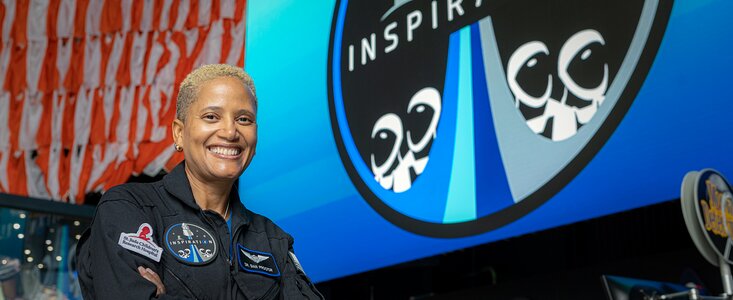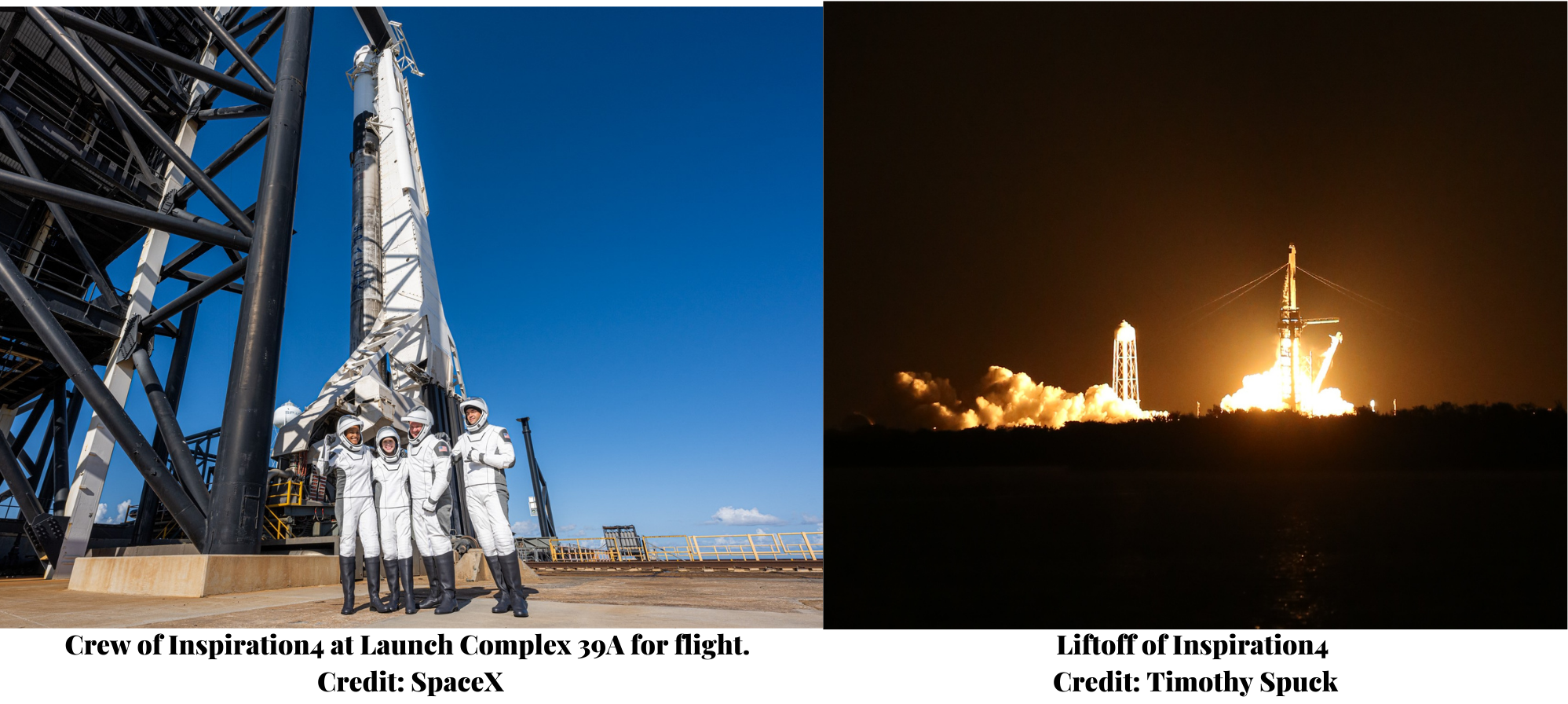The U.S. National Science Foundation National Radio Astronomy Observatory (NSF NRAO) has received funding to expand its study of an invisible—and crucial—scientific and technological resource: the radio spectrum.
Recent News
Largest Oort Cloud Comet Ever Observed Reveals Its Secrets with ALMA’s Powerful Gaze
A team of astronomers has made a groundbreaking discovery by detecting molecular activity in comet C/2014 UN271 (Bernardinelli-Bernstein)—the largest and second most distantly active comet ever observed from the Oort Cloud.
Unusual stellar nurseries near our galaxy’s center puzzle scientists
New research led by Dr. James De Buizer at the SETI Institute and Dr. Wanggi Lim at IPAC at Caltech revealed surprising results about the rate at which high-mass stars form in the galactic center of the Milky Way.
ACEAP Ambassador Heads into Space as First African-American Woman to Pilot Spacecraft

Astronomy in Chile Educator Ambassadors Program participant pilots SpaceX Dragon spacecraft
Today Sian Proctor, a participant in the Astronomy in Chile Educator Ambassadors Program (ACEAP) has successfully piloted the Inspiration4 mission carrying her and three other crew members in the SpaceX Dragon Spacecraft to orbit. Proctor is one of four African-American women to have flown into space and the first to pilot a spacecraft. The Inspiration4 crew will orbit Earth for three days and conduct a variety of experiments before returning to Earth.
Proctor, selected as an astronaut by SpaceX in April 2021, is a geoscientist, explorer, space artist, and science communication specialist with a passion for space exploration. Her motto is Space2inspire, and she encourages people to use their unique, one-of-a-kind strengths and passion to inspire those within their reach and beyond.
“I feel so fortunate to be a member of the Inspiration4 crew and to be able to use Space2inspire to impact educators from around the world,” Proctor said. “ACEAP is an excellent example of how looking up at the night sky is a shared experience that can inspire us all.”

ACEAP is a collaboration between Associated Universities Inc. (AUI) and Association of Universities for Research in Astronomy (AURA), and the observatories they manage in Chile, including Cerro Tololo Inter-American Observatory (CTIO) and the international Gemini Observatory, which are now both Programs of NSF’s NOIRLab, the National Radio Astronomy Observatory (NRAO) and the Atacama Large Millimeter/submillimeter Array (ALMA), and it is supported by the National Science Foundation (NSF). ACEAP brings amateur astronomers, planetarium personnel, and K–16 formal and informal astronomy educators to US astronomy facilities in Chile. While at these facilities, ACEAP Ambassadors receive extensive training about the instruments, the science, data products, and communicating science, technology, engineering, and mathematics (STEM) concepts. When they return home, the Ambassadors share their experiences and observatory resources with schools and community groups across the US.
The next ACEAP expedition to Chile is tentatively planned for summer 2022. To learn more about ACEAP, please visit the website.
Congratulations to Sian on her amazing achievement!
Links
- ACEAP website
- Sian Procter website
- Inspiration4 website
- Images of Sian Proctor from Inspiration4
- Announcement of Sian Proctor selection as SpaceX Astronaut
Contacts
Tim Spuck
ACEAP PI and Director of Education and Public Engagement
Associated Universities Inc. (AUI)
Phone: +1 202 462 5285
Email: [email protected]
Amanda Kocz
Press and Internal Communications Officer
NSF’s NOIRLab
Cell: +1 520 318 8591
Email: [email protected]
Matt Schaub
Director of External Affairs and Strategic Communications
Associated Universities Inc. (AUI)
Email: [email protected]
Recent News
NSF NRAO Leads Critical Spectrum Studies to Safeguard Radio Astronomy
The U.S. National Science Foundation National Radio Astronomy Observatory (NSF NRAO) has received funding to expand its study of an invisible—and crucial—scientific and technological resource: the radio spectrum.
Largest Oort Cloud Comet Ever Observed Reveals Its Secrets with ALMA’s Powerful Gaze
A team of astronomers has made a groundbreaking discovery by detecting molecular activity in comet C/2014 UN271 (Bernardinelli-Bernstein)—the largest and second most distantly active comet ever observed from the Oort Cloud.
Unusual stellar nurseries near our galaxy’s center puzzle scientists
New research led by Dr. James De Buizer at the SETI Institute and Dr. Wanggi Lim at IPAC at Caltech revealed surprising results about the rate at which high-mass stars form in the galactic center of the Milky Way.
